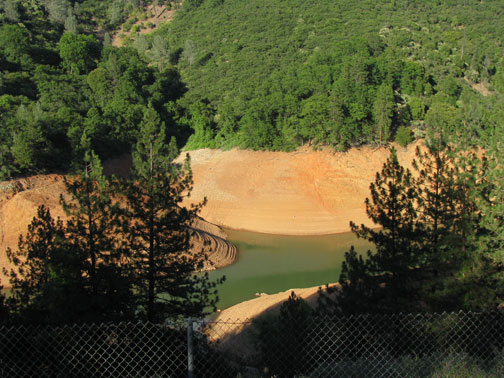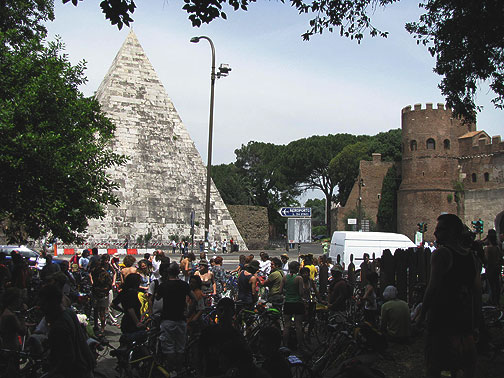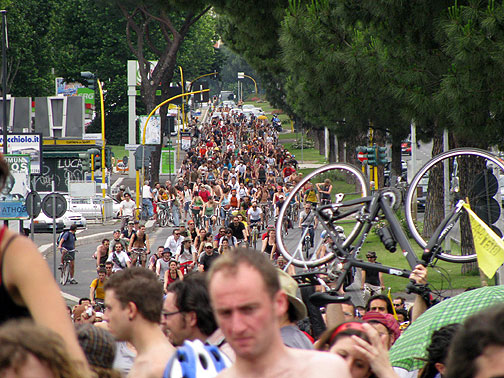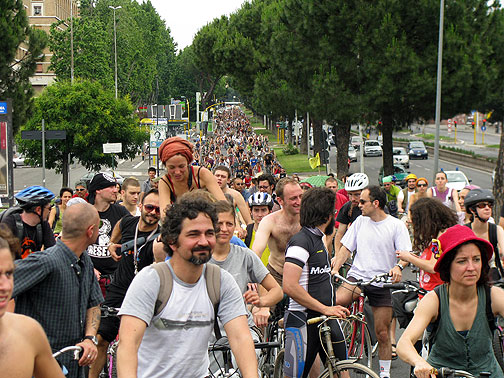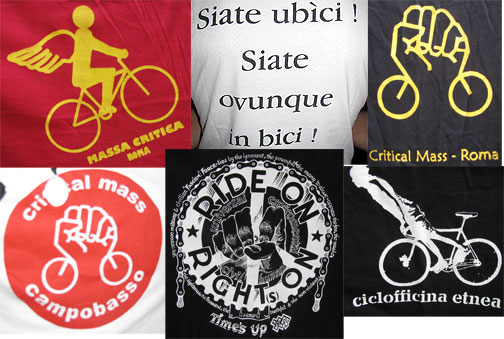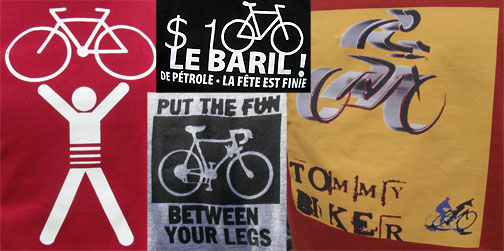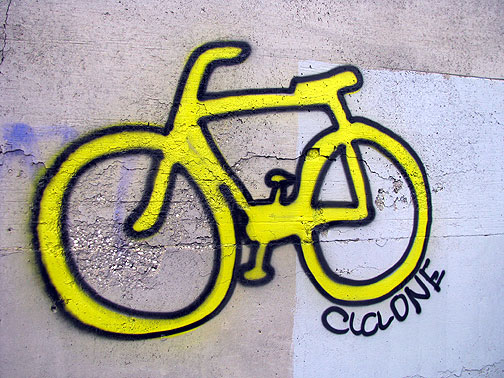On my way north now, heading to Eugene, Portland and beyond during the next three weeks. Unfortunately, Russell H. and I are ensconced in a hotel in Yreka because the car we’re borrowing broke down. Hopefully it’ll be a minor repair and we can make it to Eugene in time for a bookstore appearance scheduled for tomorrow evening.
On the way here we passed Mt. Shasta and its lake created by a dam, which provided stark visual evidence of the proclaimed drought here in California. Usually the mountain is covered in deep snow year round…


